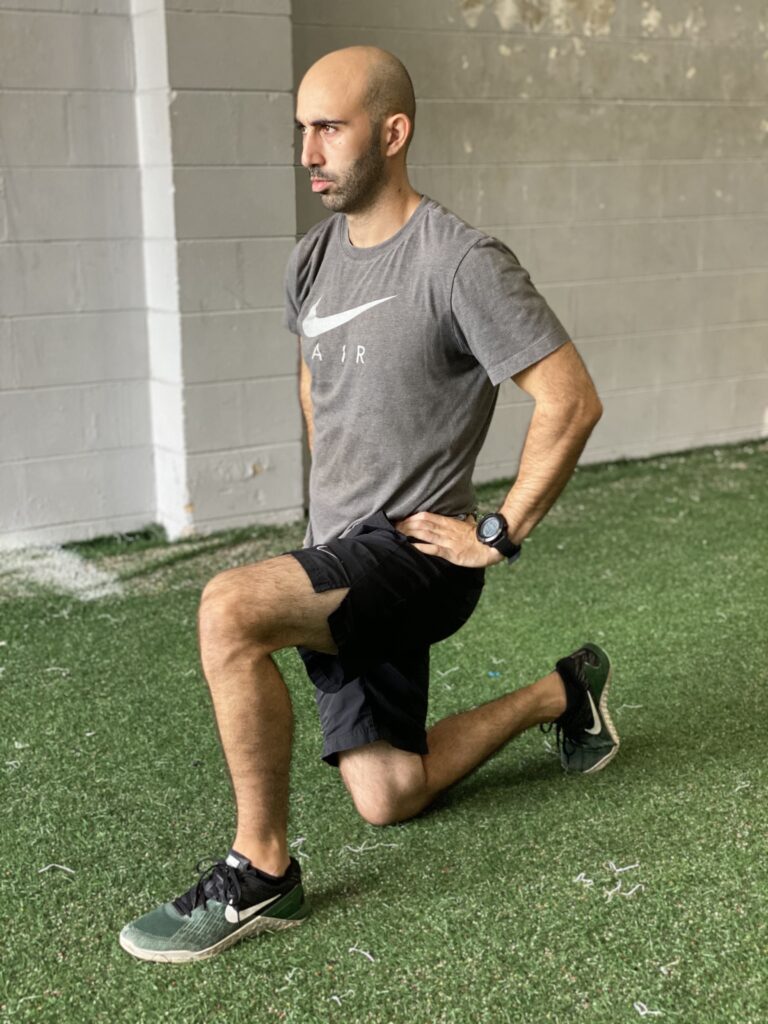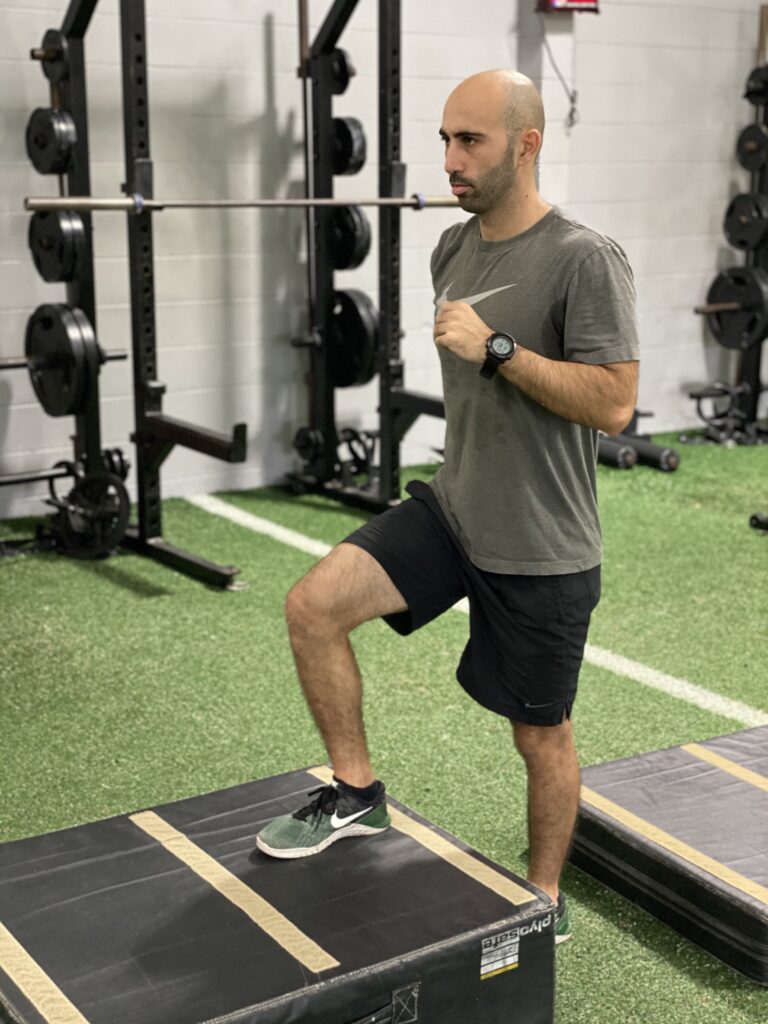INSIGHTS
Want to Improve Your Running Efficiency? Include These 6 Exercises to Your Routine

If you are reading this, you are probably someone who runs at some capacity. Whether you go out for light jogs and some fresh air, are training to run your first marathon, or include sprints in your routine, these 6 exercises will only lead to improvements. Not only will your running efficiency improve but your risk of injury will be reduced, and some nagging pains may even disappear altogether.
Ankles
Running at any capacity requires the entire body to work. Your feet have contact and impact with the ground every step and your ankles are connected to your feet so we must ensure they stay healthy. To build up those ankles you are going to want to begin incorporating Pogo Hops. These hops are essentially the equivalent of jumping rope but with a few other guidelines. With several variations such as two legs, one leg, high ones, and short ones, you should always be mixing it up to better prepare you. Essentially, the more time you can spend in the air and off the ground the better off you’ll be.
We can start these with hands on your hips and progress the hands in later on. You’ll get your weight onto the balls of your feet and keeping a strong foot by actively pulling your toes to your shins you will hop and again spend an as little amount of time on the ground as you can. Reps, duration, and height are all variables that you can challenge yourself with but the two main factors that you can measure are how quickly you can get off the ground and how high you can get. These can be incorporated 3x per week at either a low volume (<50 hops) on running days or (51-100 hops on off days)
Knees
Moving up the chain we need to bulletproof your knees. Your patellar tendon will be absorbing the impact that you take each step. To help strengthen those tendons we will look to include an Isometric Split Squat. Isometric exercises are static exercises that challenge your muscle’s ability to be in certain positions and are crucial for tendon health.
For the split squat you will place your hands on your hips and take a knee. With your knee on the ground and both knees at 90 degrees, you can lift your knee one inch off the ground. Ensuring that your hips are pointed forward and you have a vertical torso you will want to hold this position for thirty seconds. You will want to do this on both sides so as you establish which side is your dominant side you will want to start with your non-dominant side as to match that with the other. If you are unable to hold yourself up, hold a chair or wall to take some weight off and over time begin to remove your hands from the assistance. These can be performed once a day, either hours before the workout or right at the end. If you can hold bodyweight for 45 seconds on each side, begin holding weights and continue to bulletproof those knees.
Hips
Given that our hips are essentially where our center of mass is and the complexity of this area, we are going to have several exercises to being incorporating to help improve your running. To address the front aspect of the hip (hip flexors) 90-Degree Thigh Lifts will be your best friend. For the lateral aspect, you will want to focus on strengthening the outer portion with Side-Lying Abductions. Lastly, the posterior will need some attention too. To hit this, you will include Glute Bridges.
Getting your hip flexors turned on and firing is crucial for any type of running. You’ll want to find a box or chair that when you put your foot on it, your hip is at a ~90-degree angle. From here you will begin to raise your thigh and foot away from the object it was resting on. When performing this movement, it is key to keep the bottom leg straight and avoid any tilt or dip to the side from the hips. This can be performed before running with just 1 set of 10 reps each side or after your session for 2 sets of 5 reps with a short hold at the top range.
The next piece is the lateral hip. You’ll want to start lying on your side and placing the top foot behind the bottom foot. Next, turn the back foot as much as you can and try to get your toes to point to the ground. Maintaining this position, raise your leg and back down ensuring the toe is pointed down as much as possible. 1 set of 20 reps before the run should get everything activated and ready to go.
Lastly, possibly the most crucial movement you can go through is a glute bridge. To ensure proper technique you will start lying on your back, with feet flat, and knees bent to 90-degrees. Now you’ll get some core activation and drive your lower back to the ground. Keeping the core tension, you will engage the glutes and raise your hips as high as you can while still imagining driving the back into the ground. 2 sets of 10-20 reps daily will lead to big gains. Also, you will want to test out how each leg compares to the other and see if they can handle the same reps but one leg at a time. All other cues remain the same throughout.
“Core”
The last piece to the puzzle that I will address here is your core musculature. Now I placed it in quotations because when people hear the word core, they automatically think 6-pack. What you want to focus on are the deep trunk muscles and their ability to maintain a solid frame (trunk) during high impact movements (running). To achieve this, you can incorporate an exercise termed Deadbug into your routine.
There are several variations to this exercise, but I will discuss the most common. Lying on your back you will place arms and legs straight up in the air somewhat like a dead bug (hence the name). Just like you did with the glute bridge, you will want to activate the deep core muscles and drive your lower back into the ground. Keeping shoulders off the ground, you can lower one hand and the opposite leg towards the floor, maintaining tension. Your ability to keep tension will dictate how much you can extend. Over time you can progress the movement by increasing the reps you are capable to achieve. A good benchmark is 2 sets of 10 reps each side.












Leave a Reply